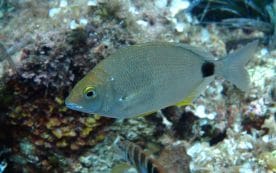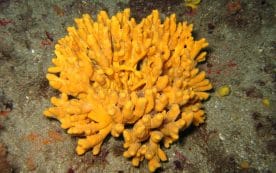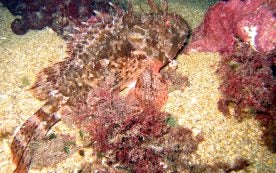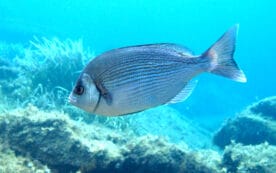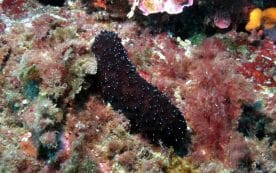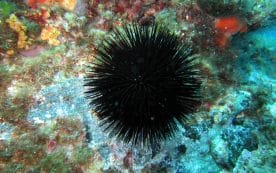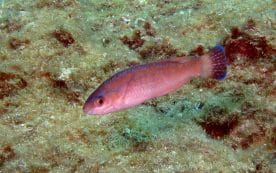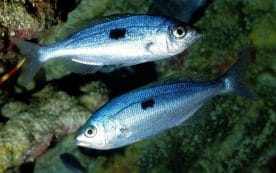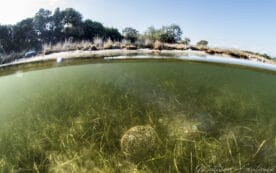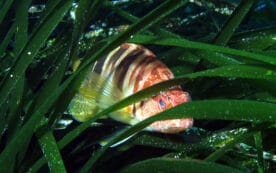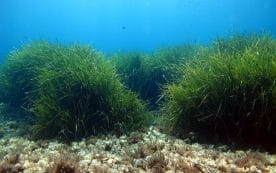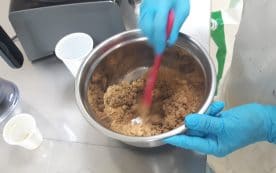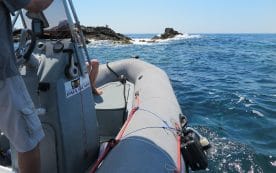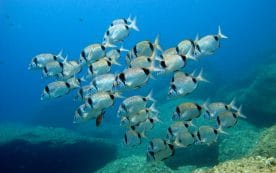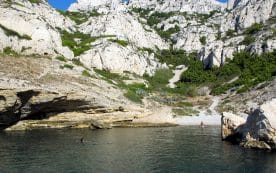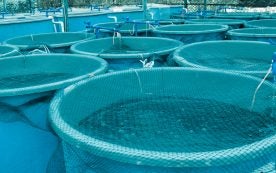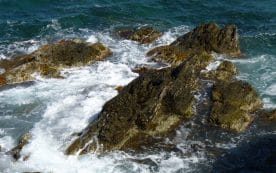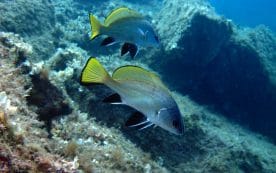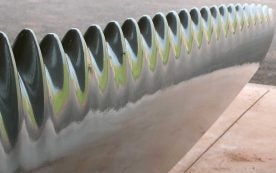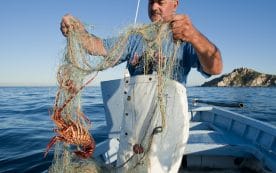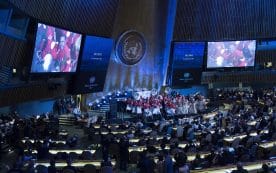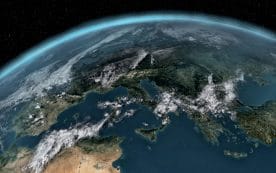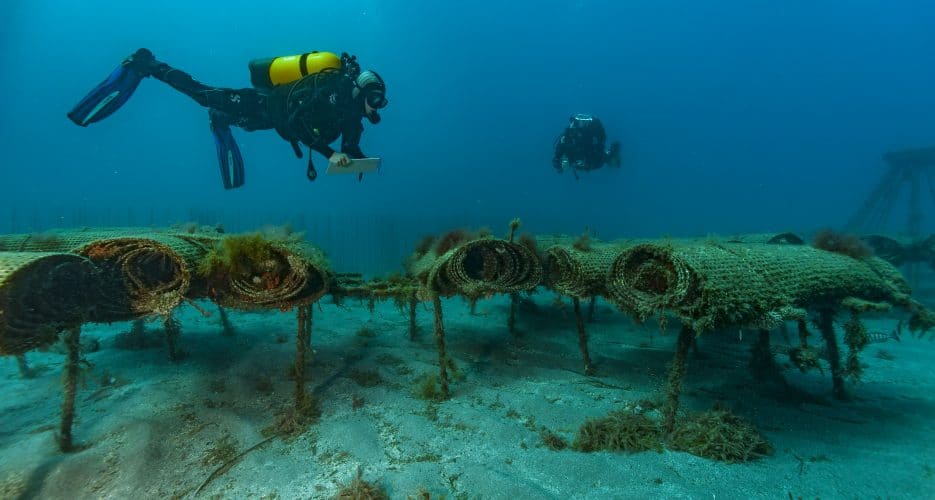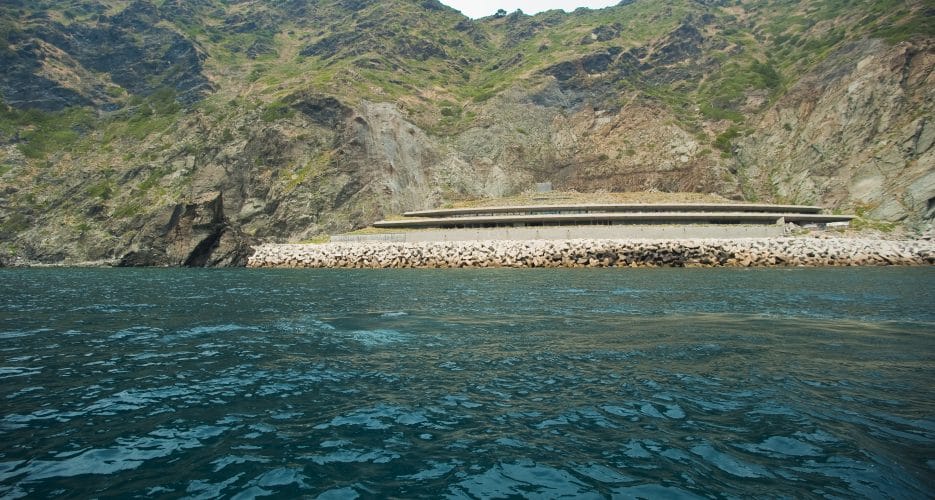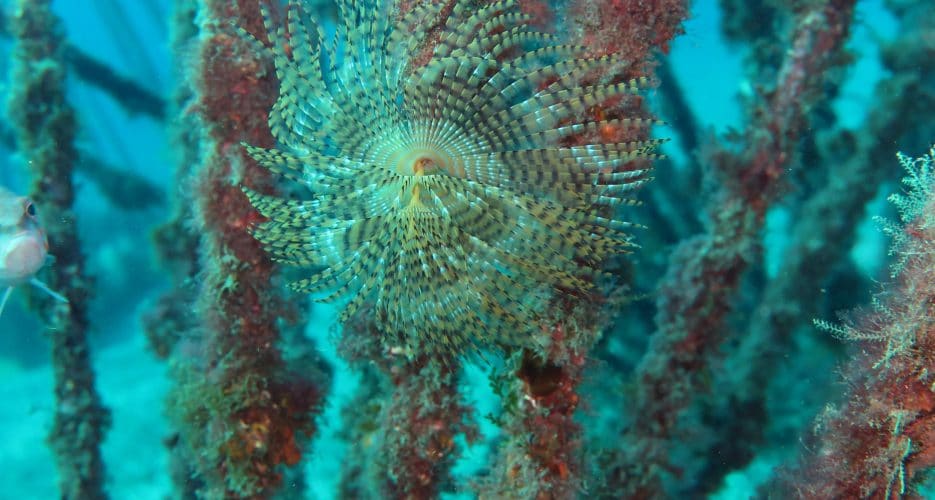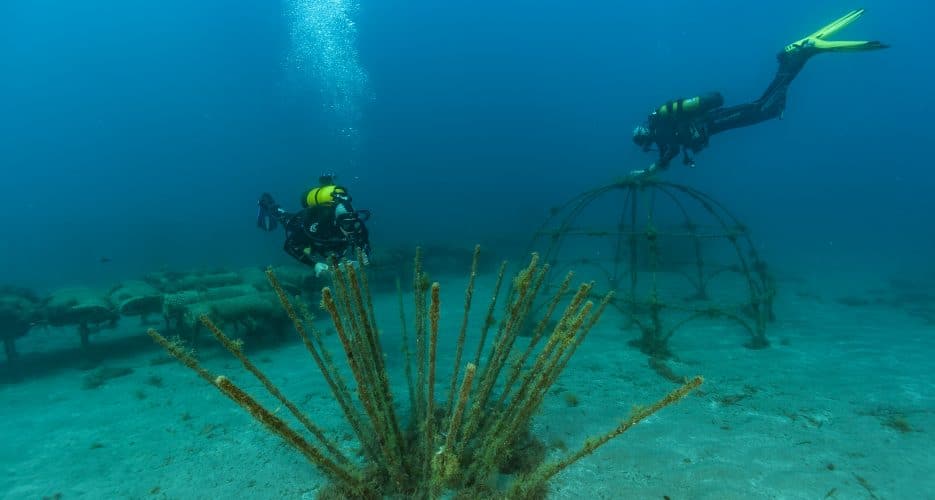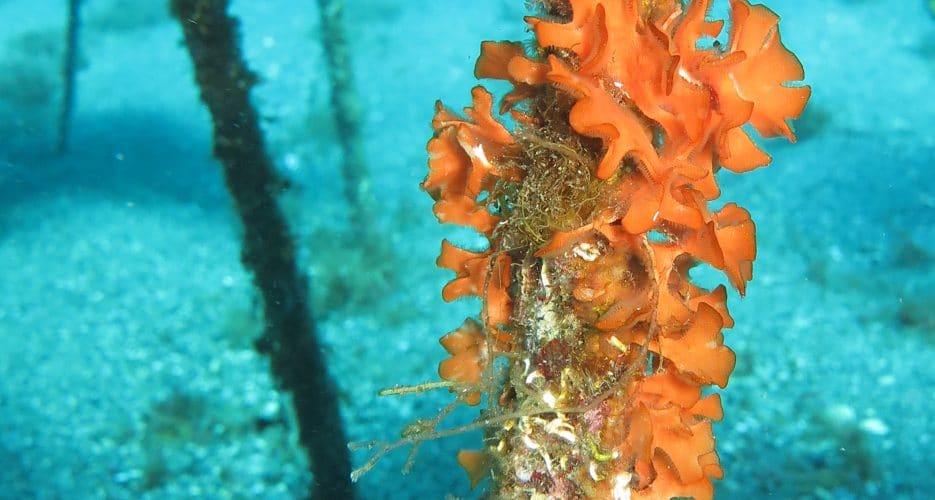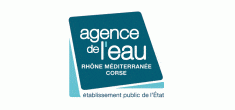Context
In the past twenty years, efforts to reduce pollution from urban areas have helped improve the quality of our coastal waters, but some habitats suffered significant damage before efficient wastewater treatment plants were opened, and wastewater treatment is still absent in many parts of the Mediterranean rim. For this reason, we need to know how we can restore the worst affected areas.
Programme
The Amphitria wastewater treatment plant at cap Sicié (Toulon) was a pioneering, state-of-the art facility when it opened in 1997. It is still one of the most efficient urban wastewater plants in the Mediterranean today, treating waste from 350,000 residents of greater Toulon. However, some coastal habitats had already been so damaged before it opened that the quality of the marine environment is still below par.
REMORA is seeking ways to restore these environments by testing the technical and operational feasibility of full-scale restorative intervention. The first year was spent on technical preparation and administrative matters, involving local government departments and maritime and environmental french authorities (DDTM, DREAL). Finally, in the first quarter of 2015, 36 reef modules were submerged. The project is now in its active phase, namely five years of scientific monitoring.
The REMORA programme will show to what extent a full-scale restoration operation is worth pursuing after the experimental phase.
Phase 1
Before the reefs were installed, a survey of existing fish populations was taken at both sites, one facing the outfall where the main reef would be placed, and a second control reef. Two other sites close to the coastline on the eastern and western edges of the bay were also surveyed.
The protocol involved underwater visual census, where divers counted all fish visible along pre-defined transects. Scientists also estimated the percentage of the various habitats present (Posidonia seagrass, blocks, rocks, sand, etc) and benthic macrofauna (echinoderms, molluscs, crustaceans, etc).
Phase 2
Fish populations are sampled once a year in the autumn by visual census where divers count all the species they observe underwater. They note biological parameters, numbers and sizes, which are used to assess species volumes, density and biomass of fish populations at each site and measure changes over time.
Benthic colonisation is also monitored, using data collected at the same time as the fish surveys. Two non-invasive methods are used: an in situ inventory of large invertebrates on both reefs, and photo quadrat sampling from the reefs’ different modules.
As well as these inventories, the programme seeks to assess the potential restoration of ecological functions (protection, habitat, nutrition, nursery, reproduction) in a degraded environment.
Phase 3
Researchers are also on the lookout for any impact the artificial structures might have on existing seagrass meadows. They will focus solely on the four cardinal points on the seagrass meadow’s border, by placing Faynot polyroc markers as landmarks and monitoring any changes. Successive series of photographs taken at the marker points will provide visual evidence of any changes in the seagrass on either side of the marker to show if it is receding, stable or spreading.
Last updated on : 19 January 2022
Bortone S.A., 2006 – A perspective of artificial reef research : the past, present, and future. Bull. mar. Sci., 78 : 1-8.
Cristofoli S., G. Mahy, 2010 – Restauration écologique : contexte, contraintes et indicateurs de suivi. Biotechnol. Agron. Soc. Environ., 14(1) : 203-211.
Fabi G., A. Spagnolo, D. Bellan-Santini, E. Charbonnel, B.A. Çiçek, J.J. Goutayer García, A.C. Jensen, A. Kallianiotis, M. Neves dos Santos, 2011 – Overview on artificial reefs in Europe. Braz. J. Oceanogr., 59 : 155-166.
Fabi G., G. Scarcella, A. Spagnolo, S.A. Bortone, E. Charbonnel, J.J. Goutayer, N. Haddad, A. Lök, M. Trommelen, 2015 – Practical guidelines for the use of artificial reefs in the Mediterranean and the Black Sea. Stud. Rev. gen. Fish. Counc. Mediterr., 96. FAO Publ., Rome, Italy. 74 pp.
Harris L.E., 2009 – Artificial Reefs for Ecosystem Restoration and Coastal Erosion Protection with Aquaculture and Recreational Amenities. Reef Journal, 1 (1) : 235-246.Relini G., L. Orsi Relini, 1989 – Artificial Reefs in the Ligurian Sea (Northwestern Mediterranean) : Aims and Results. Bull. mar. Sci., 44 (2) : 743-751.

